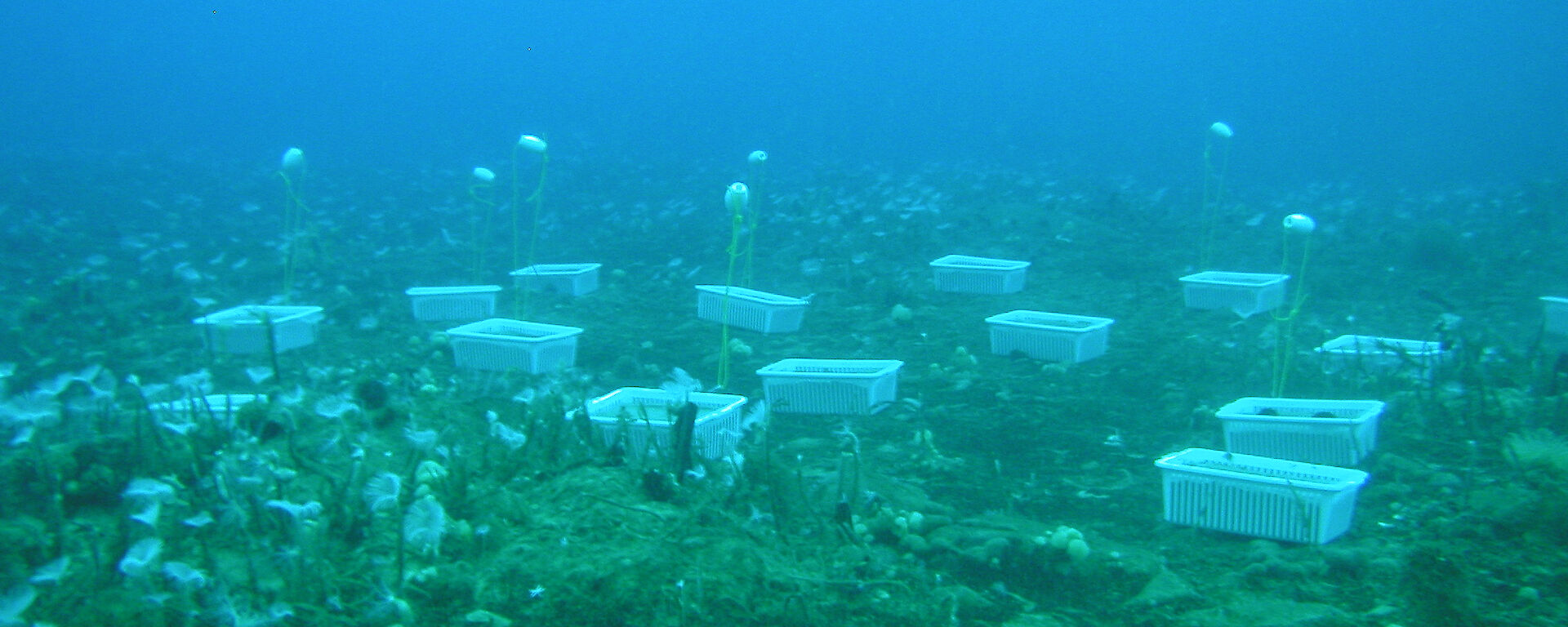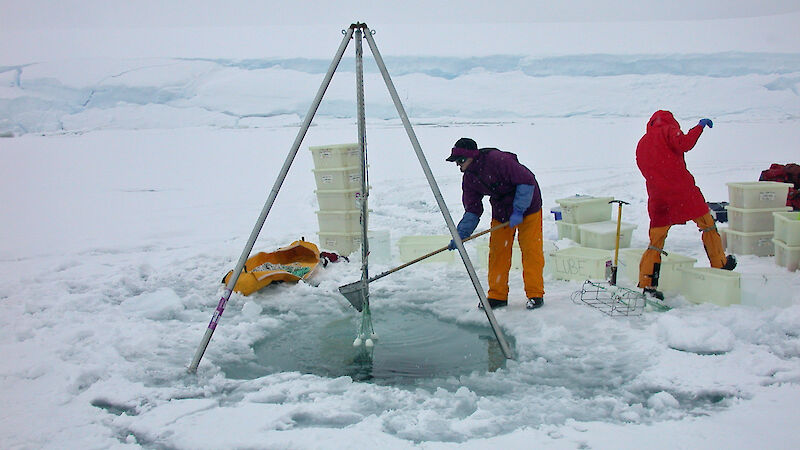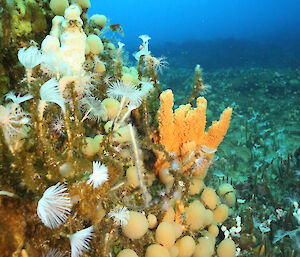The impact of fuel and oil spills on small sediment-dwelling creatures in the Antarctic marine environment can be seen more than five years after the event.
Research carried out near Australia’s Casey research station found hydrocarbons had a considerable and long-term impact on the structure and diversity of sea floor invertebrates called nematodes and copepods.
Nematodes (roundworms) and copepods (small crustaceans) are part of a group called ‘meiofauna’ that are less than 0.5mm in size. They play an important role in recycling organic matter and nutrients in sediment communities, and provide food for larger organisms.
Australian Antarctic Division benthic ecologist, Dr Jonny Stark, said the study showed hydrocarbons affect invertebrates living in marine sediments for more than five years.
“There was little evidence of recovery in the community even after five years, suggesting that a return to a pre-spill state may take a decade or longer,” Dr Stark said.
“Hydrocarbon pollution is one of the greatest environmental risks to Antarctic marine ecosystems with the extreme environment, sea ice, and isolation making responding to fuel and oil spills very difficult.”
To assess the effect of hydrocarbons the researchers added four different types — clean lubricant oil, used lubricant oil, biodegradable lubricant oil and Special Antarctic Blend diesel fuel — to trays of clean marine sediments collected by divers in O’Brien Bay, near Casey.
The trays were then deployed on the sea floor, in about 18 metres of water, for five years.
Samples were taken at one year, two years and five years, to look for changes in the invertebrate communities and hydrocarbon concentrations.
“Different nematode and copepod groups had variable responses to the hydrocarbons, but overall there were significant declines in abundance and diversity, and changes to community structure in treated sediments over the study period,” Dr Stark said.
“As a result of the varied responses we think the most reliable way to assess environmental impacts of hydrocarbons or other marine pollution in the future is to look at the community-wide response rather than that of individual species.”
The research was undertaken by scientists from Australia, Malaysia, United States and the United Kingdom.
It was published in the Journal of Experimental Marine Biology and Ecology in August.




